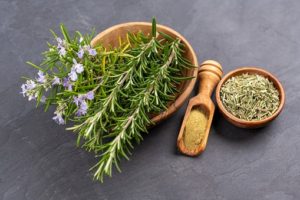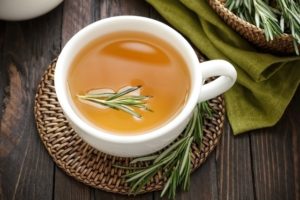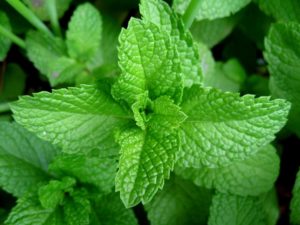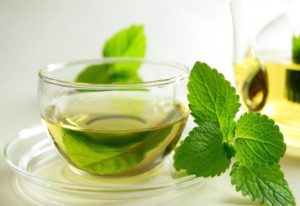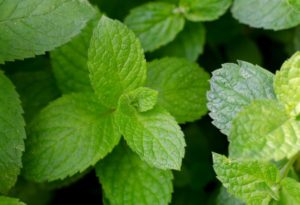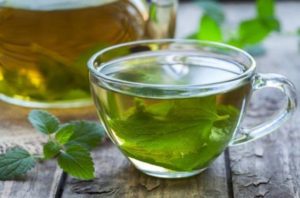La Cúrcuma (Curcuma longa L.) es una planta perteneciente a la misma familia que el jengibre, originaria del sudeste asiático que alcanza una altura de hasta un metro y cuya raíz tiene un característico color naranja o amarillo intenso.
Es conocida mundialmente como especia aromática, utilizada en la gastronomía asiática para dar un toque de color y sabor picante a los platos.
Los compuestos fitoquímicos presentes en su rizoma anaranjado característico, los curcuminoides, le confieren a esta planta importantes propiedades medicinales.
La cúrcuma tiene propiedades antiinflamatorias, antioxidantes, digestivas, carminativas, hepatoprotectoras, desintoxicantes, antiulcerosas, cardioprotectoras. Ayuda en gran medida a el hígado, corazón, sistema digestivo, sistema inmunitario y la piel.

MÁS BENEFICIOS QUE APORTA LA CÚRCUMA
- Digestiva. Ayuda a digerir bien los alimentos, alivia la sensación de empacho, la dispepsia o indigestión y previene la formación de gases y flatulencias.
- Astringente. Útil en caso de diarreas provocadas por inflamaciones gastrointestinales, intoxicaciones o alergias.
- Antiulceroso. Incide sobre la mucosa gastrointestinal, y contribuye a reparar el tejido dañado.
- Antiinflamatorio. Indicado en caso de gastritis y gastroenteritis y en el tratamiento de colon irritable.
- Perder peso., Tiene facilidad para movilizar las grasas y metabolizarlas.
- Reumatismo, artritis y artrosis. A diferencia de otros antiinflamatorios, no genera daños en las mucosas gástricas. Su acción antiinflamatoria se considera comparable al iboprufeno.
- Ayuda a bajar los niveles de colesterol LDL y de triglicéridos en sangre.
- Detiene la oxidación celular. Ofrece protección ante el ataque de los radicales libres en órganos vitales como el riñón, el hígado y el corazón.
- Efecto rejuvenecedor de la piel. Ayuda a eliminar las toxinas y a mantener la piel sana y libre de impurezas.
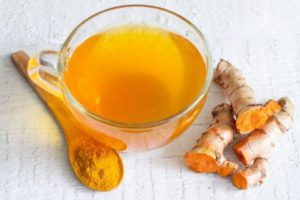
Siempre es bueno estar informado al 100% y consultar con tu médico de confianza antes de tomar cualquier suplemento.
Producto 100% natural, su uso está destinado al consumo como alimento.
EL CONSUMO DE ESTE PRODUCTO ES RESPONSABILIDAD DE QUIEN LO RECOMIENDA Y DE QUIEN LO USA
REFERENCIAS
1) CURCUMA LONGA AS MEDICINAL HERB IN THE TREATMENT OF DIABET- IC COMPLICATIONS.
Karlowicz-Bodalska K, Han S, Freier J, Smolenski M, Bodalska A.Acta Pol Pharm. 2017 Mar;74(2):605-610.PMID: 29624265 Free article. Review.
Curcuma longa L. (turmeric) of ginger family (Zingiberaceae) belongs to the group of oldest cultivated spice plants in the south-east Asian countries. …
Uchio R, Muroyama K, Okuda-Hanafusa C, Kawasaki K, Yamamoto Y, Murosaki S.Nutrients. 2019 Aug 7;11(8):1822. doi: 10.3390/nu11081822.PMID: 31394768 Free PMC article. Clinical Trial.
To investigate the effect of a hot water extract of C. longa L. (WEC) containing anti-inflammatory agents, bisacurone, and turmeronol on chronic inflammation, a randomized double-blind placebo-controlled study was conducted in middle-aged and elderly subjects aged 5 …
3) Curcuma longa L. Rhizome Essential Oil from Extraction to Its Agri-Food Applications. A Review.
Ibáñez MD, Blázquez MA.Plants (Basel). 2020 Dec 28;10(1):E44. doi: 10.3390/plants10010044.PMID: 33379197 Free article. Review.
Curcuma longa L. rhizome essential oil is a valuable product in pharmaceutical industry due to its wide beneficial health effects. …Finally, the potential applications of C. longa rhizome oil in the agri-food industry, such as antimicrobial, weedicid …
4) The nanotech potential of turmeric (Curcuma longa L.) in food technology: A review.
Serpa Guerra AM, Gómez Hoyos C, Velásquez-Cock JA, Vélez Acosta L, Gañán Rojo P, Velásquez Giraldo AM, Zuluaga Gallego R.Crit Rev Food Sci Nutr. 2020;60(11):1842-1854. doi: 10.1080/10408398.2019.1604490. Epub 2019 Apr 24.PMID: 31017458 Review.
5) Curcuma longa L. extract improves the cortical neural connectivity during the aging process.
Flores G.Neural Regen Res. 2017 Jun;12(6):875-880. doi: 10.4103/1673-5374.208542.PMID: 28761413 Free PMC article. Review.
Turmeric or Curcuma is a natural product that has anti-inflammatory, antioxidant and anti-apoptotic pharmacological properties. …The present review discusses the synaptic changes caused by the aging process and the neuroprotective role the Curcuma has through its …

